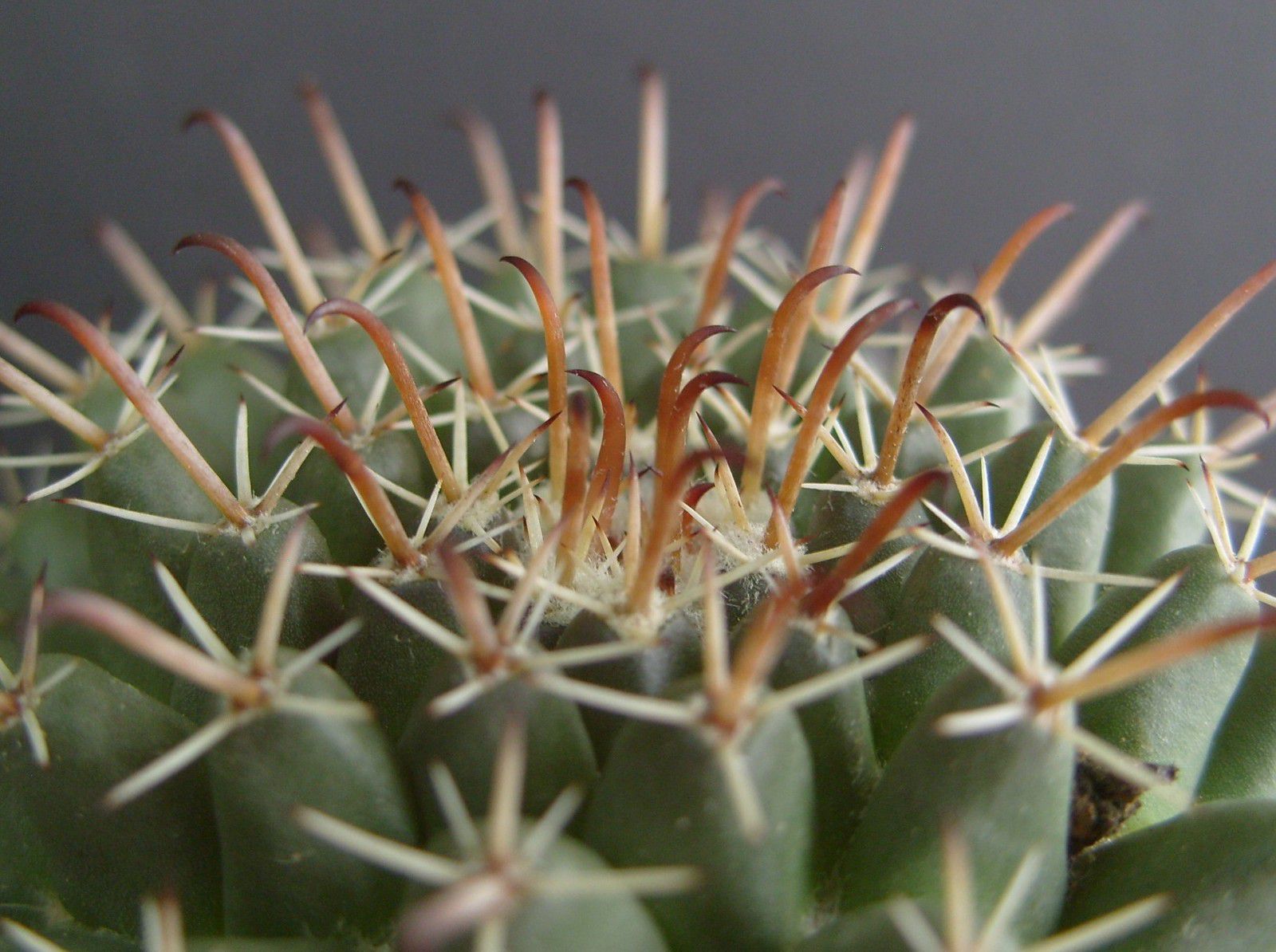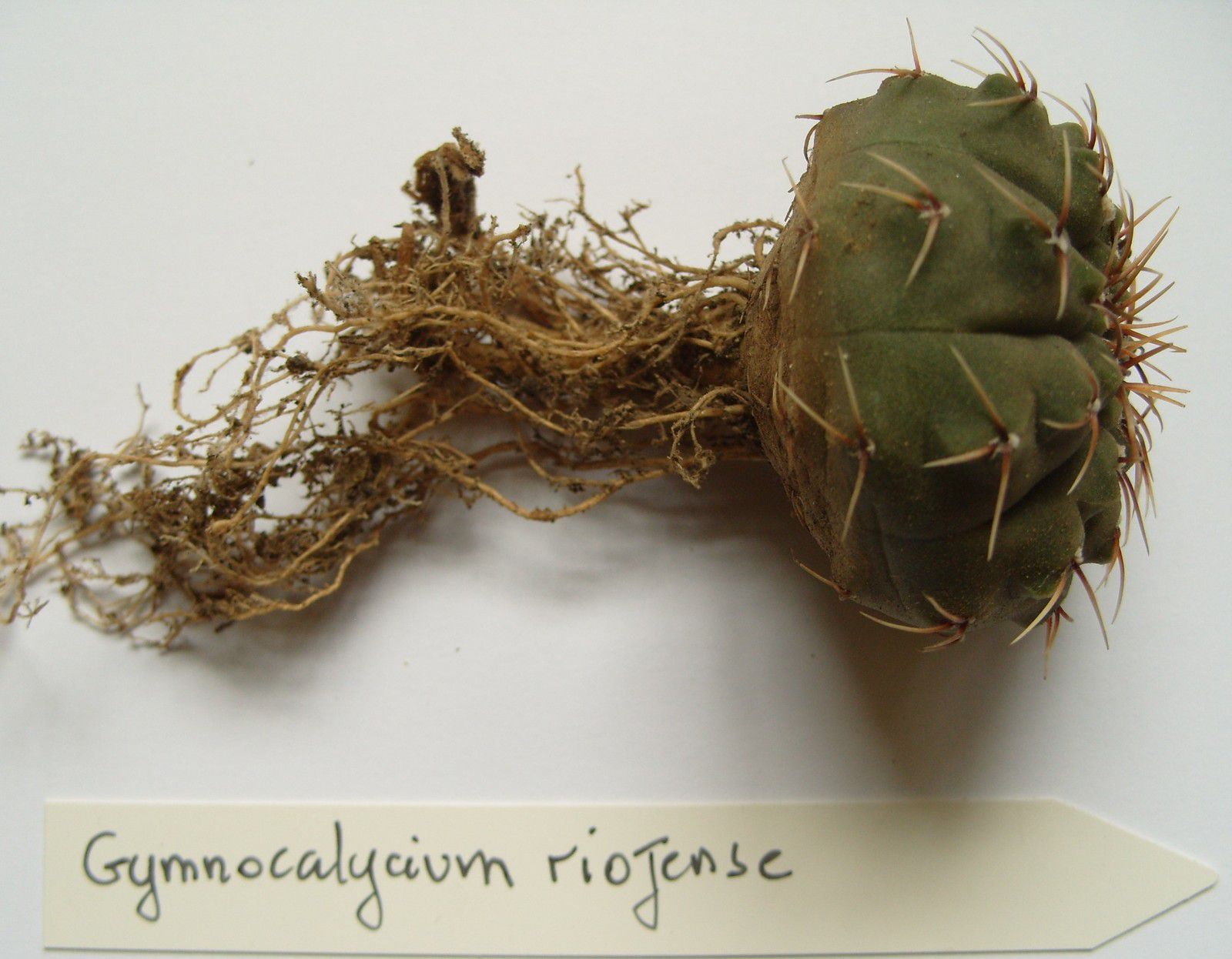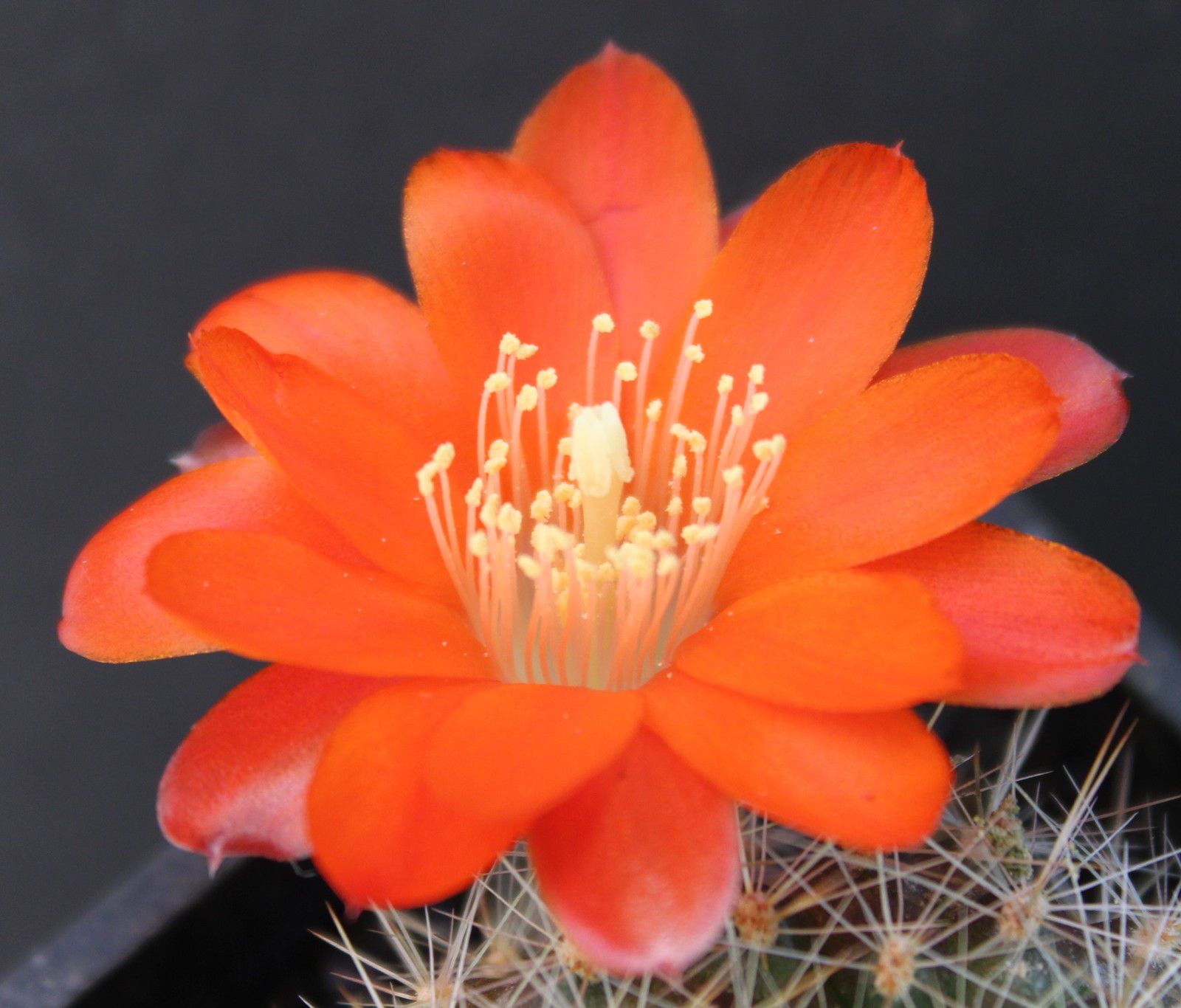Famille des Cactaceae
Sous-famille: Cactoideae
Tribu: Cacteae
Genre Mammillaria, Haworth 1812
Nom scientifique: Mammillaria grahamii
Engelmann 1856
Dans le New Cacus Lexicon, il est donné 2 sous-espèces de Mammillaria grahamii: ssp. grahamii présent au Etats-Unis (Arizona, New Mexico et Texas), ssp. sheldonii présent au Mexique (Chihuahua, Sinaloa, Sonora).
Distributions: Etats-Unis, Mexique.
Etymologie: Mammillaria du Latin "mammilla" = mamelle suite à la forme des organes végétatifs en forme de mamelons ou tubercules ;
grahamii, en l'honneur de James D. Graham (1856), Colonel dans le corps des ingénieurs de l'armée des Etats-Unis.
Synonymes: Mammillaria grahamii var. arizonica, Mammillaria grahamii var. oliviae, Mammillaria microcarpa, Mammillaria microcarpa ssp. grahamii, Mammillaria microcarpa ssp. auricarpa, Mammillaria microcarpa ssp. milleri, Mammillaria milleri, Mammillaria oliviae.
Température de rusticité: - 10 °C si bref et tenu au sec.
Exposition: plein soleil.
Culture: espèce à croissance lente. Nécessite un substrat de type cactées. Arroser de Mars à Octobre puis hiverner au sec.
Plusieurs floraisons diurnes successives en Juin - Septembre. Les fleurs durent quelques jours (25 mm de diamètre).




Le fruit (baie rouge).

Système racinaire de Mammillaria grahamii.

---------------------------------------------------------------
Données supplémentaires
Stems simple or branching, sometimes tall and cylindric, sometimes more barrel-shaped, from about 7 to 20 cm tall or more, 7 to 11 cm wide, axils naked. Radial spines as few as 18 and as many as 35, but more usually 20 to 30, fine, needle-like, white or light brown to red. Central spines number 1 to 4, the longer one usually hooked, 12 to 18, or up to 25 mm long, yellowish brown, dark brown or blackish purple. Flowers variable in size from 2 to 4 cm in diameter, pink to lavender to reddish purple. Fruit is bright red; seed black.
In spite of its very successful growth and spread in the wild, it is not the easiest to grow in cultivation, and large clumps are rarely seen. Making haste slowly will give best results, not overwatering, finding a sunny position, and not overpotting in too large a pot: just use one large enough to accomodate the fairly shallow roots, and repot only when needed, about every third or fourth year once plants have got to flowering size. If this gives you a small clump of half a dozen stems after 10 years, smothered with its large, sumptuous flowers, this will be the best reward you can have for the care needed to achieve it.
/image%2F1217490%2F20230223%2Fob_d42428_img-20230223-0001-10.jpg)
/image%2F1217490%2F20230223%2Fob_2bf493_img-20230223-0001-11.jpg)
Photos: W. Weightman
d'après: Mammillaria by John Pilbeam, The Cactus File Handbook 6, p115-116, 1999.

/image%2F1217490%2F20211216%2Fob_67e2e1_gymnocalycium-baldianum-9.JPG)











/image%2F1217490%2F20230223%2Fob_5c8df2_img-20230223-0003-2.jpg)
/image%2F1217490%2F20230223%2Fob_0efe37_img-20230223-0003-3.jpg)














/image%2F1217490%2F20210303%2Fob_c5a00f_pollen-gymno-riojense-faa-400x-5-b.jpg)
/image%2F1217490%2F20210303%2Fob_65ae9f_pollen-gymno-riojense-faa-400x-6-2.jpg)
/image%2F1217490%2F20210303%2Fob_4ac20a_pollen-gymno-riojense-faa-400x-4-3.jpg)






/image%2F1217490%2F20231001%2Fob_fe4155_epiphyllum-oxypetalum-4.JPG)
/image%2F1217490%2F20231001%2Fob_a20e8e_img-7333.JPG)
/image%2F1217490%2F20231001%2Fob_21283f_kalanchoe-tuniflora-1.JPG)
/image%2F1217490%2F20230121%2Fob_197e7c_blog-parodoa-procera-9.JPG)
/image%2F1217490%2F20230121%2Fob_b113e6_blog-mammillaria-perbella-7.JPG)
/image%2F1217490%2F20230121%2Fob_7e9446_blog-mammillaria-matudae-16.JPG)